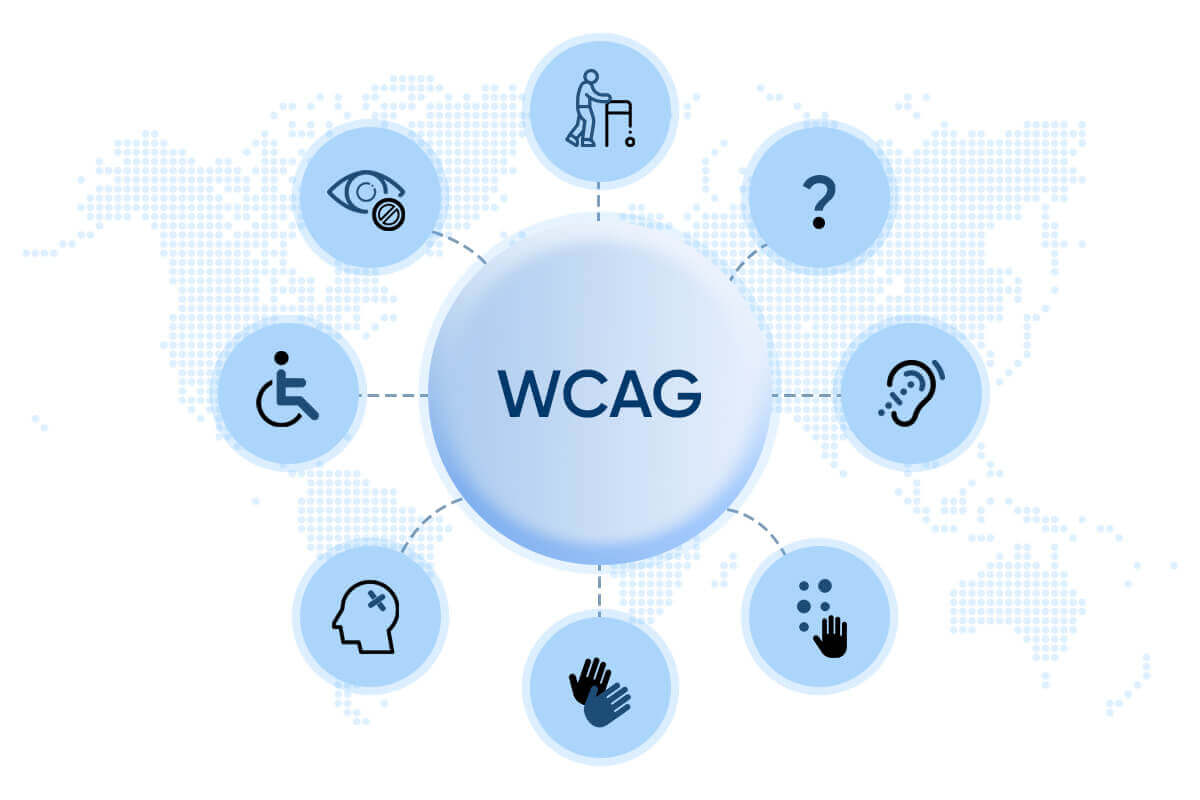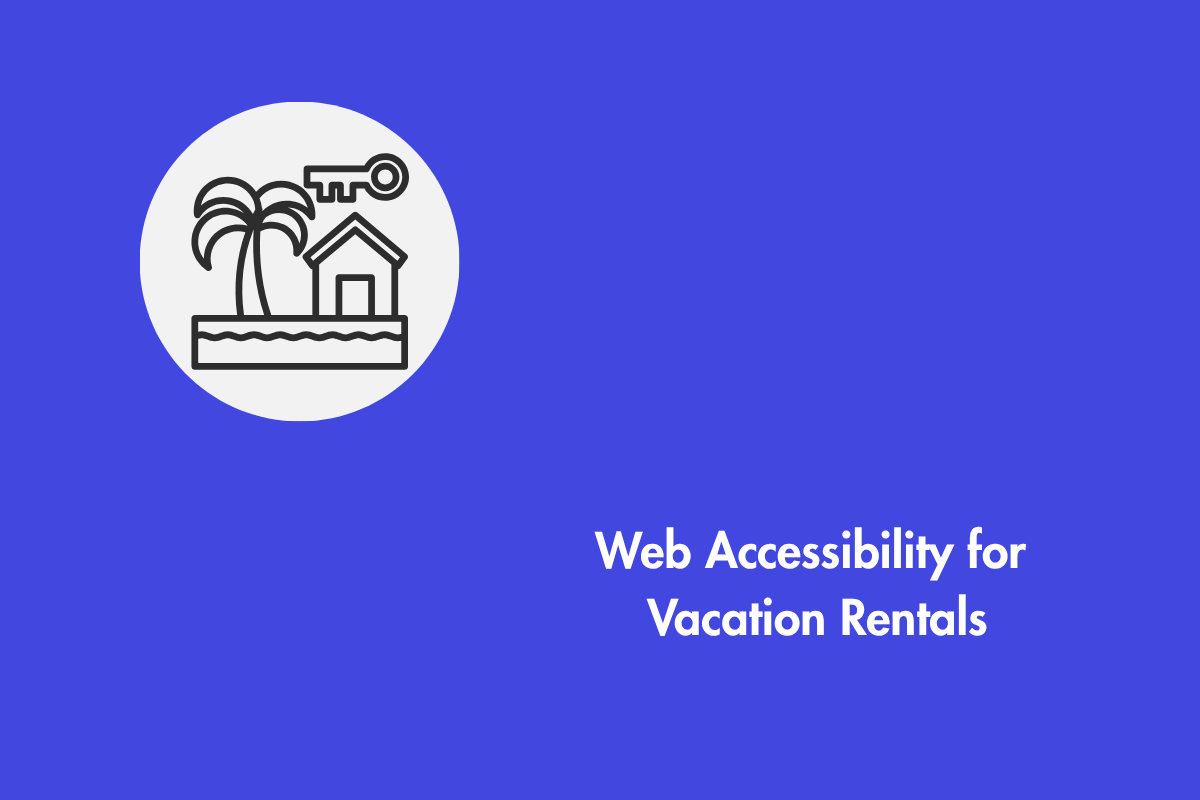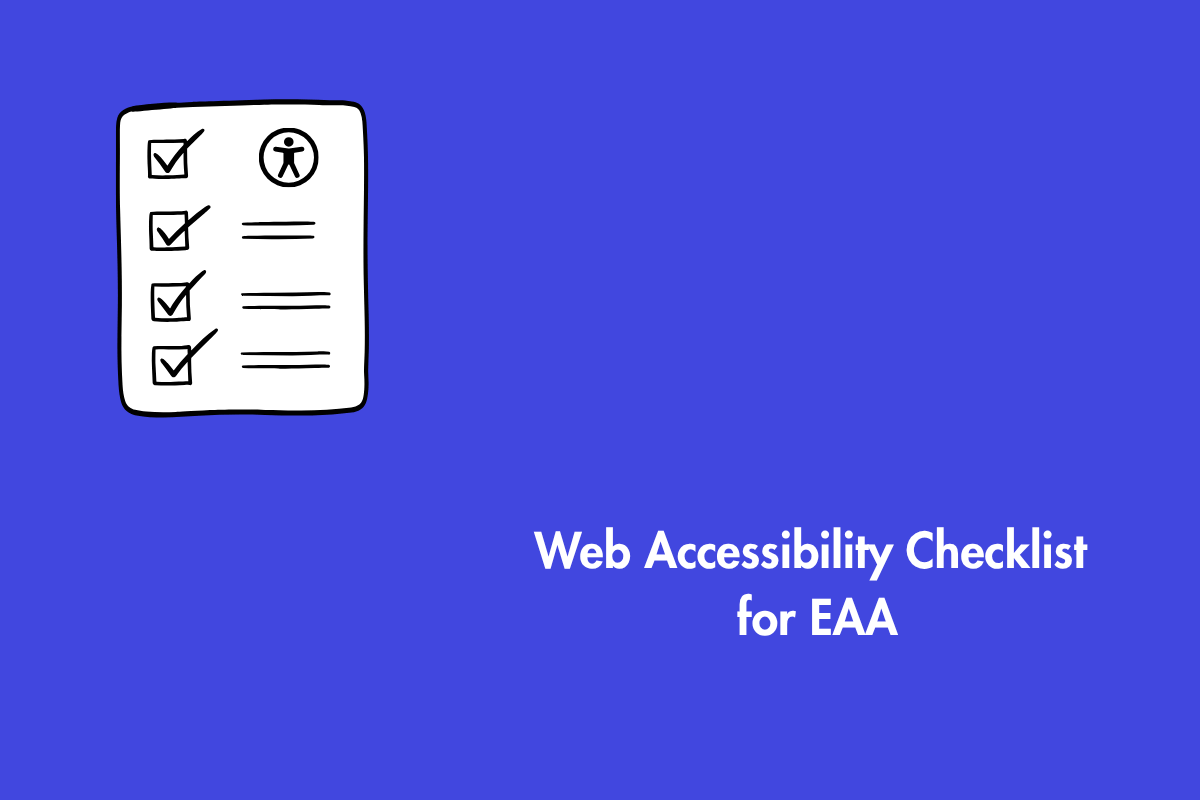It’s common practice to use the terms accessibility compliance and accessibility conformance interchangeably. On the other hand, does it imply the same thing if I claim that “my website meets ADA requirements” or that “my website is ADA compliant”? Although it does look like they mean the same thing, there is a fundamental difference between them.
In this article, we will explore the core topics of compliance and conformance. If this is your first time learning about accessibility, you may check out our WCAG 2.1 accessibility checklist to see if your current practices are in line with the guidelines.
Table of Contents
Accessibility Conformance vs Accessibility Compliance
The term “conformance” is used to describe how a corporation commits itself to certain guidelines and regulations. Therefore, accessibility conformance describes the degree to which an organization follows widely accepted accessibility standards. The World Wide Web Consortium (W3C)’s Web Content Accessibility Guidelines (WCAG) are generally considered the international standard for digital accessibility.
Whereas accessibility compliance means that accessibility standards must be met.
To put it concisely, if your organization does not comply with accessibility standards, it transforms into a beacon of accessibility lawsuits and penalties. However, if it does not conform to accessibility standards, it won’t attract penalties but it will lose out on the benefits of accessibility.
Is accessible web content a legal requirement?
Since accessibility compliance and conformance overlap to some extent, it may be difficult for content creators to differentiate between the two. Websites are required by law in certain countries to provide users with reasonable accommodations but are not required to adhere to any particular standard. In other words, web content that does not satisfy all the WCAG criteria may not necessarily violate the law, but complying with WCAG standards might provide some legal protection from lawsuits.
For example, in the U.S, it is mandated that all websites adhere to standards in Americans with Disability Act (ADA) Titles II and III. In litigation and structured settlements, the Department of Justice has reached the following conclusion:
“No individual shall be discriminated against on the basis of disabilities in the full and equal enjoyment of the goods, services, facilities, privileges, advantages, or accommodations of any place of public accommodation.”
WCAG 2.1 A/AA and its predecessor, WCAG 2.0 A/AA, have both been repeatedly recognized and upheld in judgements as displaying a sufficient level of accessibility. Businesses that fail to provide what would be considered “reasonable accommodations” for individuals with disabilities may be subject to litigation. There were potentially billions of dollars in legal expenses associated with the 265,000 website accessibility demand letters sent to U.S. corporations in 2020.
WCAG is the globally recognized digital accessibility standard

Source: Medium.com
While the Americans with Disabilities Act (ADA) does not directly reference WCAG, the United States has rules that do. Section 508 was included in the Rehabilitation Act of 1974 when it was revised in 1998. Government entities are now obligated to ensure that their electronic and information systems are accessible to individuals with impairments thanks to this legislation. The WCAG 2.0 Level A/AA was added to the Section 508 refresh in 2017.
Organizations that adhere to WCAG are in a strong position to demonstrate compliance with the ADA and other accessibility rules, and courts have recognized WCAG as an independent set of standards.
Wrapping Up
There isn’t always a clear demarcation between accessibility conformity and accessibility compliance. Many new accessibility legislation at the federal, state and municipal levels reference the Web Content Accessibility Guidelines (WCAG).
Here are some examples of laws or policies based on WCAG
- United Kingdom’s Equality Act of 2010
- The European Union’s European Accessibility Act (EAA) and European Web Accessibility Directive
- Ontario’s Accessibility for Ontarians with Disabilities Act (AODA)
- California Assembly Bill No. 434 (AB 434)
Although these are the popular ones on the list, this is not an exhaustive list. To learn more about the laws or policies based on WCAG, visit the WCAG website.
However, many organizations have no mandated need to adhere to WCAG. Still, conformity isn’t pointless, and digital accessibility is something every business should prioritize even if it isn’t required by law. One of the most apparent reasons to invest in digital accessibility is to avoid lawsuits, but conformity also offers a wide range of other advantages.
By focusing on accessibility businesses can:
- Gain and retain more customers,
- Improve their SEO score,
- Reduce the web development cost in the long run
- and build better connections with their audiences.
The Web Content Accessibility Guidelines (WCAG) are the most comprehensive set of recommendations for making content accessible, whether you’re doing it voluntarily or because it’s required. At AELData, we have a team of Accessibility specialists that are available at any time to assist you in achieving your accessibility objectives.




